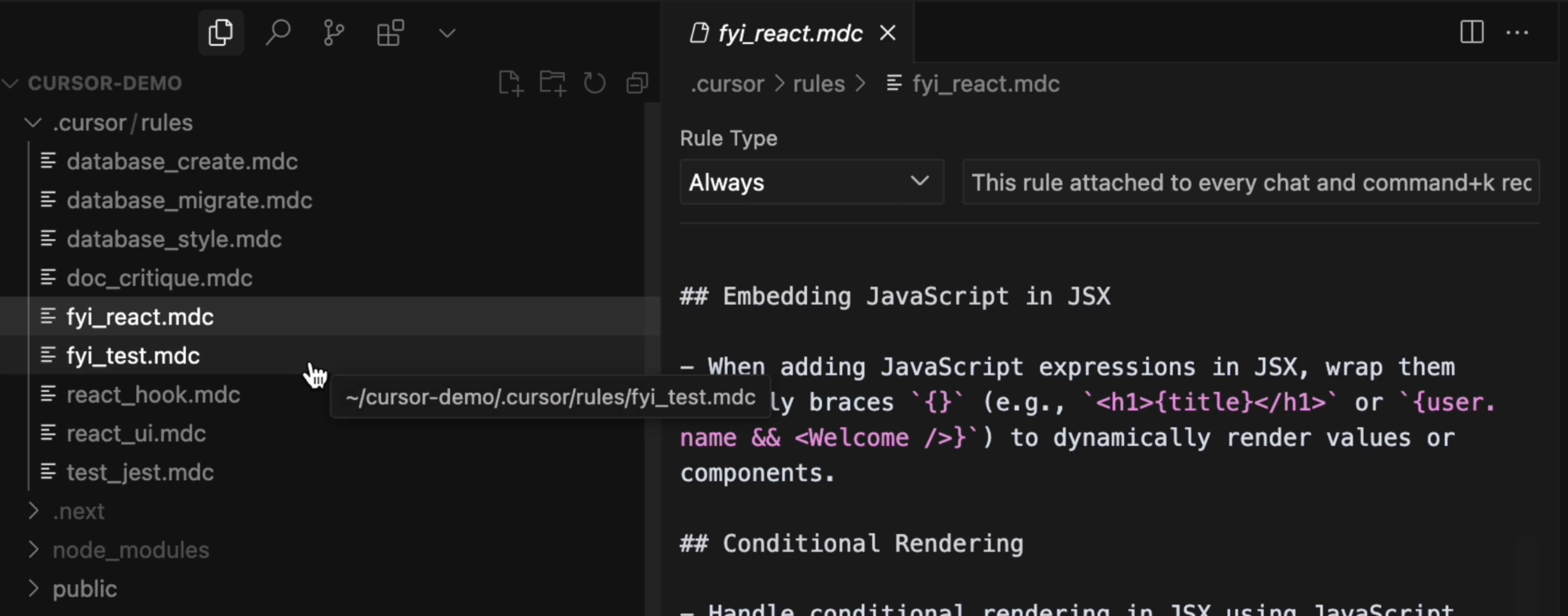2-6 Using Decision Context to Prevent AI Memory Loss
April 19, 2025
We've covered context shortcuts and prompting techniques to improve Cursor's responses in the previous articles. But even with these tips, you might still face a frustrating scenario that undermines all your careful context management.
Let's look at a common scenario. Say you spend fifteen minutes explaining to Cursor that your React components should use functional components with hooks, not class components. Cursor acknowledges your preference and generates perfect functional component code. The next day, you start a new chat session and ask Cursor to create another component. It immediately suggests a class component with lifecycle methods.
You stare at the screen, wondering why Cursor forgot everything you established the day before. This scenario illustrates a fundamental challenge with AI assistance: each conversation starts from scratch, creating a cycle of repeated corrections and wasted time.
The solution to this type of problem lies in creating decision logs that preserve your preferences and established patterns across conversations, transforming Cursor from a forgetful assistant into a consistent development partner.
Understanding AI Memory Loss
AI models operate without persistent memory between conversations. Each time you start a new chat session, the AI begins as a blank slate. If you don't provide previous conversation history as input, the AI cannot remember anything you discussed before.
This stateless nature creates practical problems during development. When you correct Cursor's approach to solving a problem, that correction only applies to the current conversation. In your next session, Cursor might repeat the exact same mistake because it has no memory of your previous feedback.
This pattern becomes particularly frustrating when you find yourself repeatedly giving the same instructions: "Don't use class components, use functional components with hooks," or "Always include error handling in API calls," or "Use our custom logging utility instead of console.log."
Creating Decision Context
The solution involves maintaining decision logs that capture your coding preferences and established patterns. When Cursor provides output that doesn't meet your expectations, you correct it within the same conversation, then ask Cursor to summarize the preferred approach.
This technique comes from Addy Osmani's article "Automated Decision Logs in AI-Assisted Coding." After Cursor makes corrections based on your feedback, ask it to create a summary of what it should do differently next time. Store this summary in a file called fyi.md and reference it in future conversations.

This approach allows you to "remind" the AI of previous decisions even though each conversation starts fresh. You avoid repeatedly explaining the same preferences and reduce the friction of working with AI assistance.
Implementing Decision Logs
Create specific decision log files for different contexts. For React development, you might maintain fyi_react.md that captures all the React-specific patterns and preferences you've established through previous Cursor interactions.

When you need Cursor to write React code or perform code reviews on React components, reference this file using @file fyi_react.md to provide the decision context. Cursor will then follow your established preferences instead of making choices that you've already corrected multiple times.
Building Consistent AI Assistance
Decision logs transform your relationship with AI assistance from repetitive correction cycles into consistent, productive collaboration. Instead of starting from scratch with each conversation, you build cumulative knowledge that improves over time.
Start by identifying patterns in your corrections to Cursor. When you find yourself giving the same feedback repeatedly, create decision log entries that capture these preferences. Over time, these logs become comprehensive guides that help Cursor generate code that aligns with your established patterns and project requirements.
This approach requires initial investment in creating and maintaining decision logs, but it pays dividends through reduced friction and more consistent AI assistance. Your conversations with Cursor become more focused on solving new problems rather than re-establishing basic preferences.
The key is treating decision logs as living documents that evolve with your project and coding standards, ensuring that Cursor becomes increasingly aligned with your development approach over time.
Support ExplainThis
If you found this content valuable, please consider supporting our work with a one-time donation of whatever amount feels right to you through this Buy Me a Coffee page.
Creating in-depth technical content takes significant time. Your support helps us continue producing high-quality educational content accessible to everyone.
